Technology has impacted all dimensions of our lives, and the lighting industry has not been left behind either. LEDs accounted for approximately 8% of sales in 2012, which changed to 75% in 2019, indicating a rise in use. So with the ever-increasing demand for LEDs, we’re here to elucidate how to dispose of led light bulbs. But first, we’ll explore why proper disposal of LED light bulbs is imperative. Join us for more below.
Why Recycle LED Light Bulbs
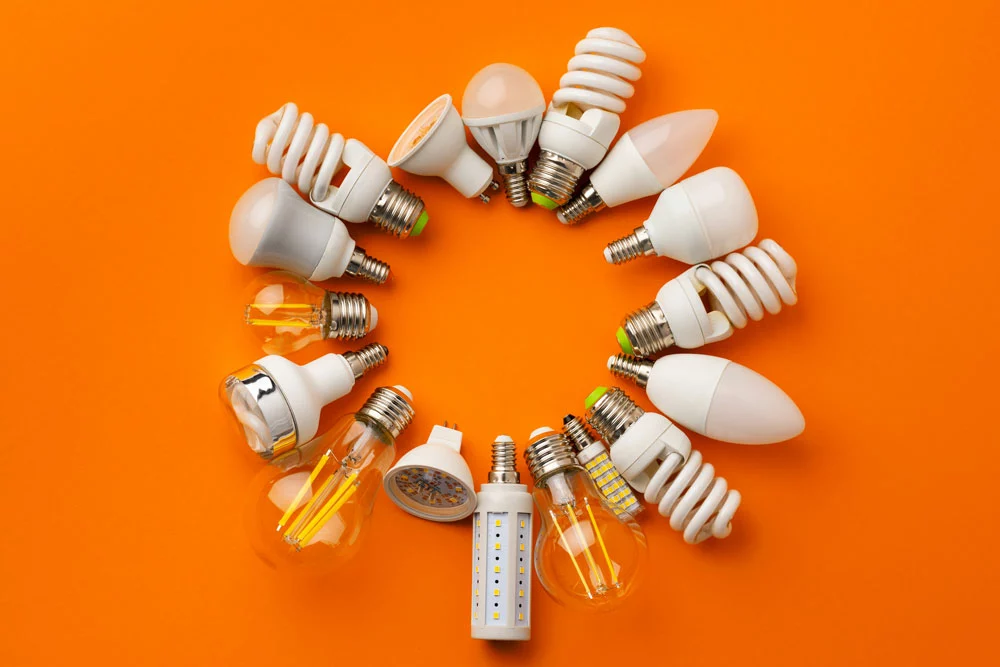
LED Bulbs on an orange background
Why is light bulb recycling and mainly LEDs important? Primarily, if you dispose of LED bulbs carelessly, you risk exposing yourself to hazardous chemicals. Light-emitting diode bulbs are relatively safe. Nonetheless, some may have harmful materials, and thus you should dump them in the designated drop-off locations.
Also, check if your local store has a recycling program or offers recycling options for LEDs. Furthermore, ensure you’re careful when cleaning typical broken bulbs, fluorescent tubes, halogen light bulbs, and LEDs. T ey all potentially expose yourself to harmful chemicals.
What Is The Lifespan Of LED Light Bulbs?
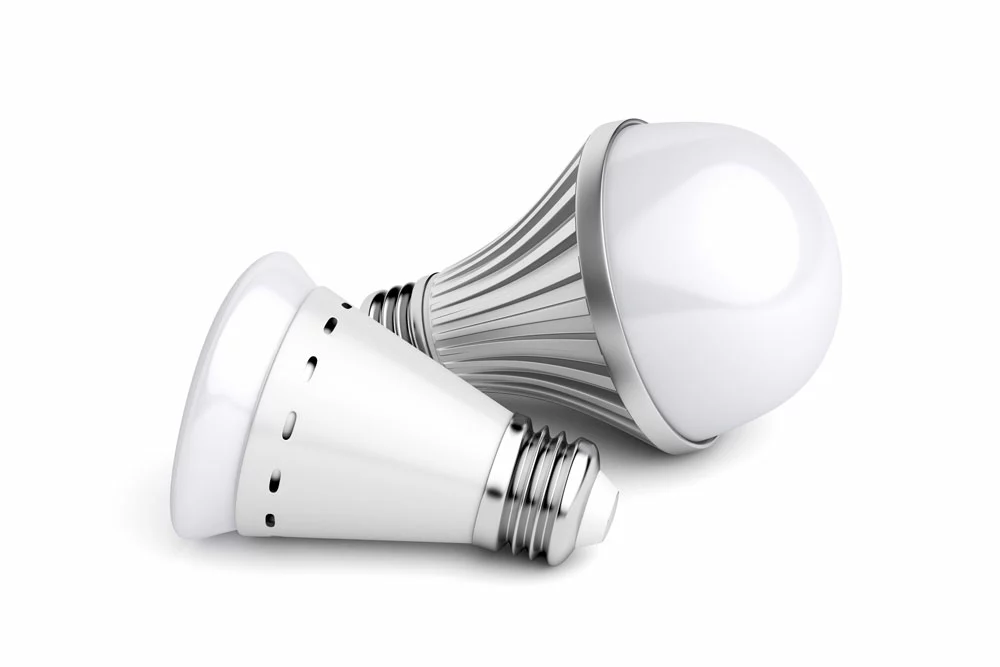
Two LED Light Bulbs
A simple LED bulb will last about 50,000 hours. In comparison, the lifespan of a conventional incandescent light bulb is about 1,200 hours. A LED lamp can outlive a typical halogen bulb by approximately 41.6 times.
Hence, while you need to be careful when disposing of LEDs compared to other bulbs, you don’t have to do it often. B t, this creates a problem of limited research on LED recycling as we don’t need it repeatedly.
Can You Recycle LED Bulbs?
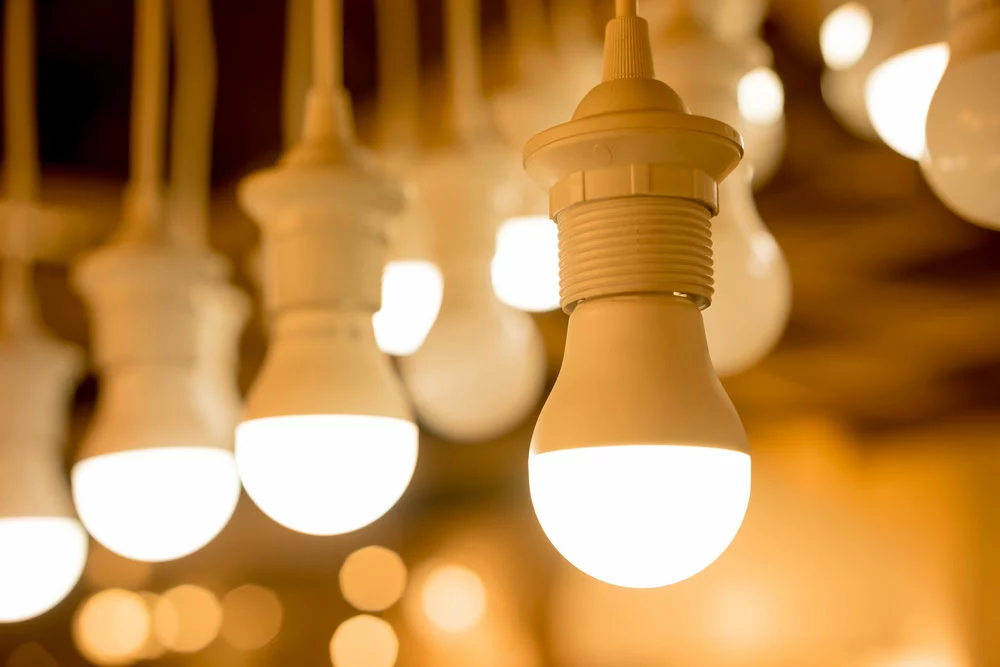
All LED Lamps are recyclable.
Like conventional fluorescent lamps, all LEDs are recyclable. Nonetheless, not all types of bulbs qualify for curbside recycling. F r instance, bulbs with Mercury and curly tube bulbs with argon belong to the hazardous waste category.
So, separating various materials such as plastics, metal, glass, and Mercury is necessary during bulb recycling. Hence, you cannot dispose of them like regular household trash. Instead, it would help if you had specialized recycling facilities.
Benefits of Recycling Light Bulbs
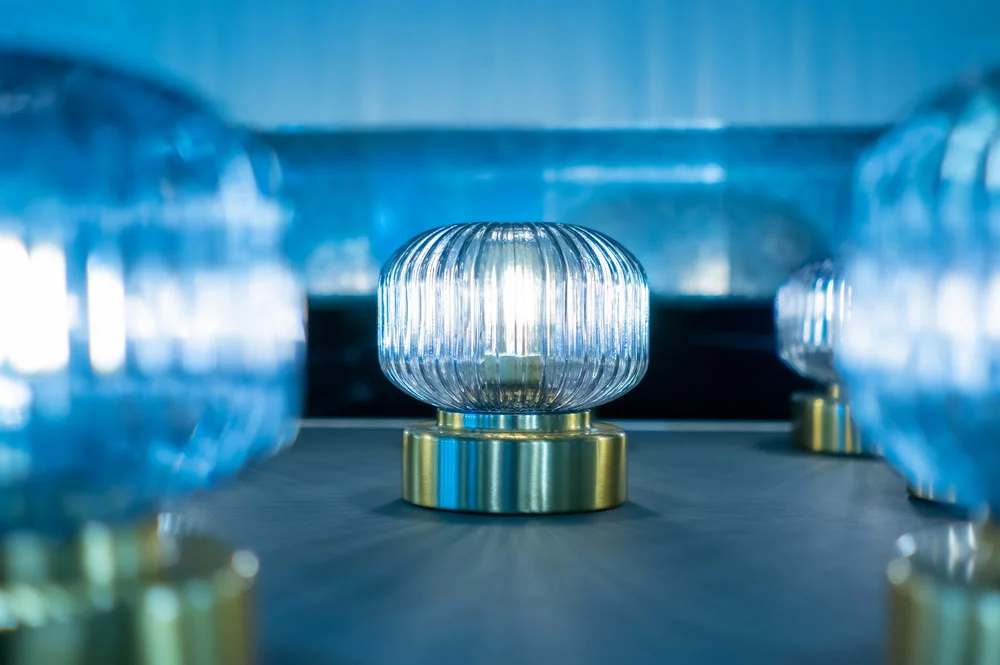
A bright LED Lamp
The upsides of recycling LEDs include those listed below:
1. Protecting the environment from hazardous materials
Poor disposal of compact fluorescent lamps (CFL) in landfills allows the leaching of toxic chemicals and heavy metals into the surroundings. When trace amounts of heavy metals like Mercury find their way to water bodies, they’ll form hazardous methylmercury. T is chemical is dangerous to marine life and humans.
Thus, fluorescent light bulbs recycling is key to recovering materials such as Mercury for later use and preventing environmental pollution.
2. Rusing of the Materials
Bulb recycling centers recover materials such as nickel, Mercury, copper, lead, and plastic, among many others. An l these are non-renewable hence the essence of reusing them. B sides are critical components in bulbs; recycling them significantly saves production costs.
3. Dispose of Led Light Bulbs: I’m Economical and Easy
Recycling is easy to carry out, and the efficiency of LEDs exceeds that of conventional fluorescent tubes. So, there are various hazardous waste collection sites for bulbs you can access from a Google search.
4. Dispose of Led Light Bulbs: compliance with the Law
In many jurisdictions, it is illegal to dispose of LEDs in drop-off locations with regular trash. T e issue is more serious when LED disposal affects the local water supply as some of its materials are vital pollutants. Therefore, to stay compliant with the Law, ensure you dispose of metal halide bulbs and LEDs appropriately.
5. Dispose of Led Light Bulbs: commitment to environmental Preservation
You have a mandate to conserve the surroundings, and proper ecological LED disposal is one means of achieving this.
Where to Recycle Light Bulbs
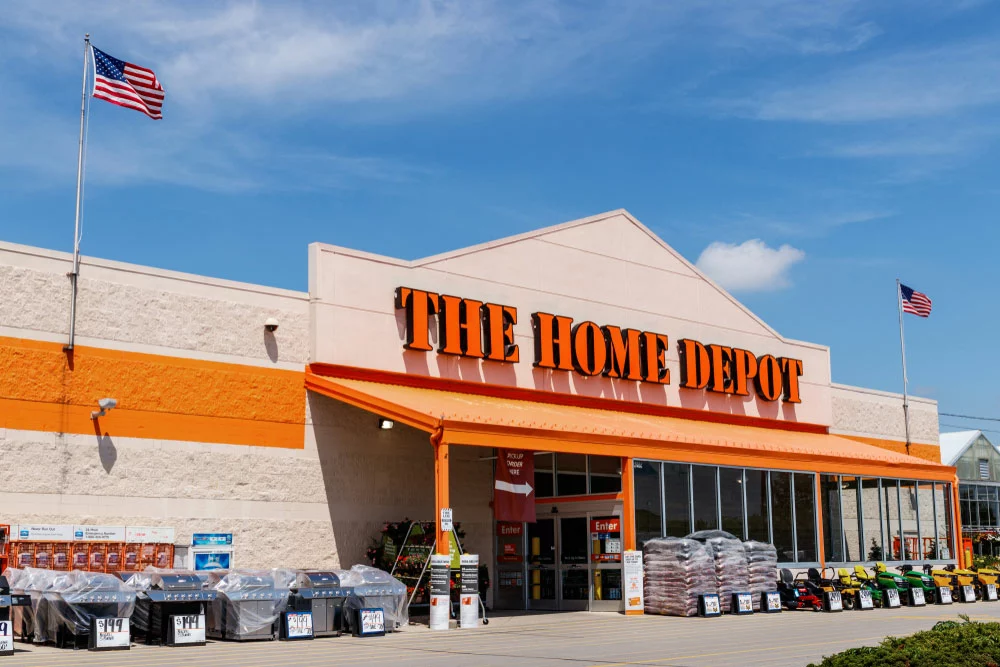
Recycle Light bulbs at your local Home Depot Store
You can recycle mercury-containing lamps, among other kinds of bulbs, in the following places:
- Big-box stores such as Home Depot, Lowes, and IKEA.
- Local Municipal Safety Departments- Check the days when your local municipality offers the service.
- Battery Plus Stores. M st charge a small fee for recycling. So, you might consider Republic Services, LampMaster, Venolia, and NLR, which also charge for recycling.
- Others include Christmas Light Source, Environmental LED, and Holiday LEDs. However, these specialize in LED holiday string lights.
How to Dispose of LED Bulbs
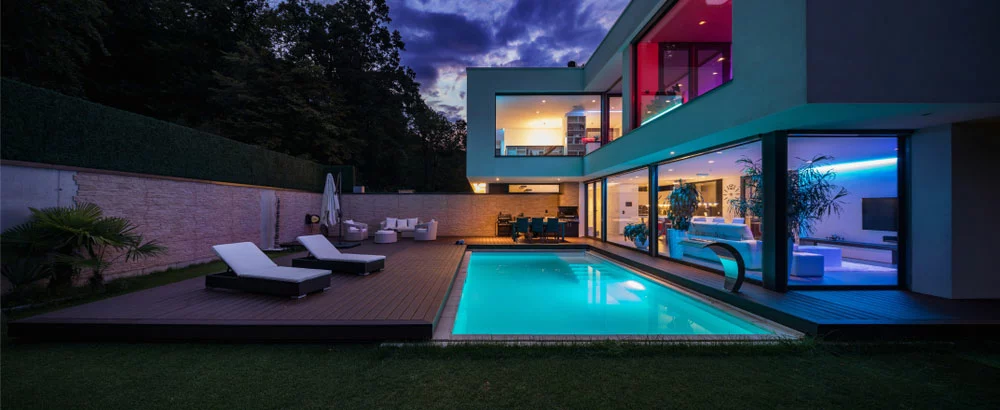
Colored LED Lights at night
LEDs are renowned for their over 90% efficiency over the typical incandescent bulbs. F r their operation, electricity passes over a microchip, inducing light emission by a diode. Hence, unlike other categories of bulbs, LEDs are relatively safe (they lack hazardous chemicals) and are also ideal bulbs for recycling.
Nonetheless, while they lack Mercury, they contain metals such as nickel, silver, lead, and arsenic, which are potentially toxic. T us, rather than carelessly throw them in a trash can, consider looking for a drop-off location that recycles these types of bulbs. W’s highlighted some of these places above.
How to Dispose of Incandescent Light Bulbs
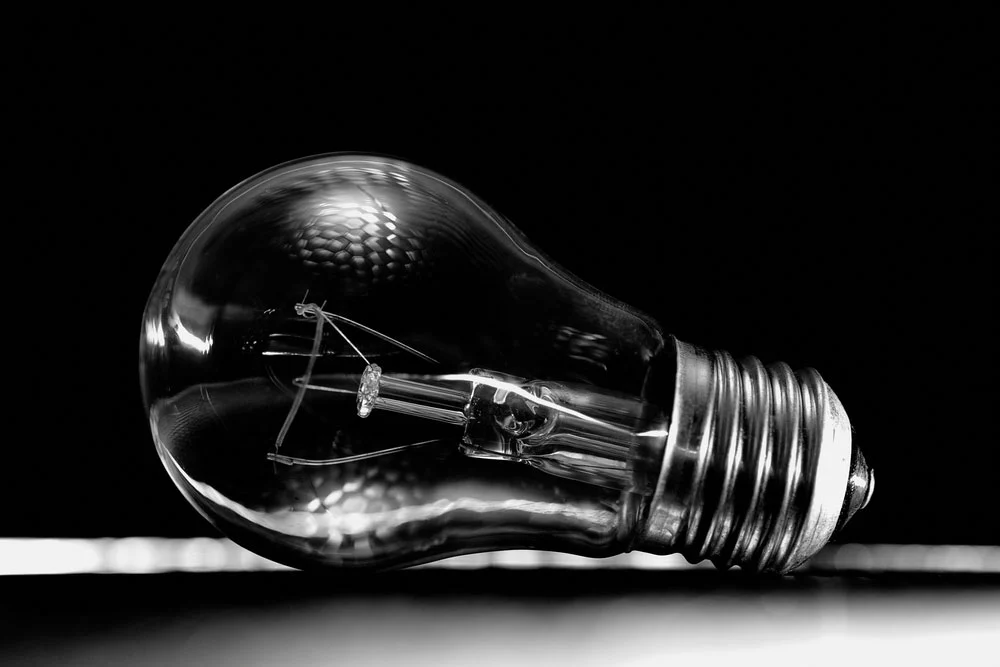
A Typical Incandescent Light Bulb
Like LEDs, incandescent light bulbs don’t have toxic chemicals. It is safe to stash them in your regular trash can. H however, pay attention to the glass shards as they may hurt you.
Hence, to eliminate this possibility, wrap them in plastic or other safe packaging materials before disposal in the trash can.
Besides, you may opt to recycle incandescent light bulbs, although they are more difficult to recycle than other types. So, the energy they need for recycling supersedes the economic value of the recycling process. H lovely, it’s best to dispose of them but ensure you do it carefully, as highlighted above.
Lastly, do not attempt to recycle these kinds of bulbs as you probably do with other glass. T e wire filament in the bulbs is difficult to remove and will thus complicate your recycling endeavors.
How to Dispose of Halogen Bulbs
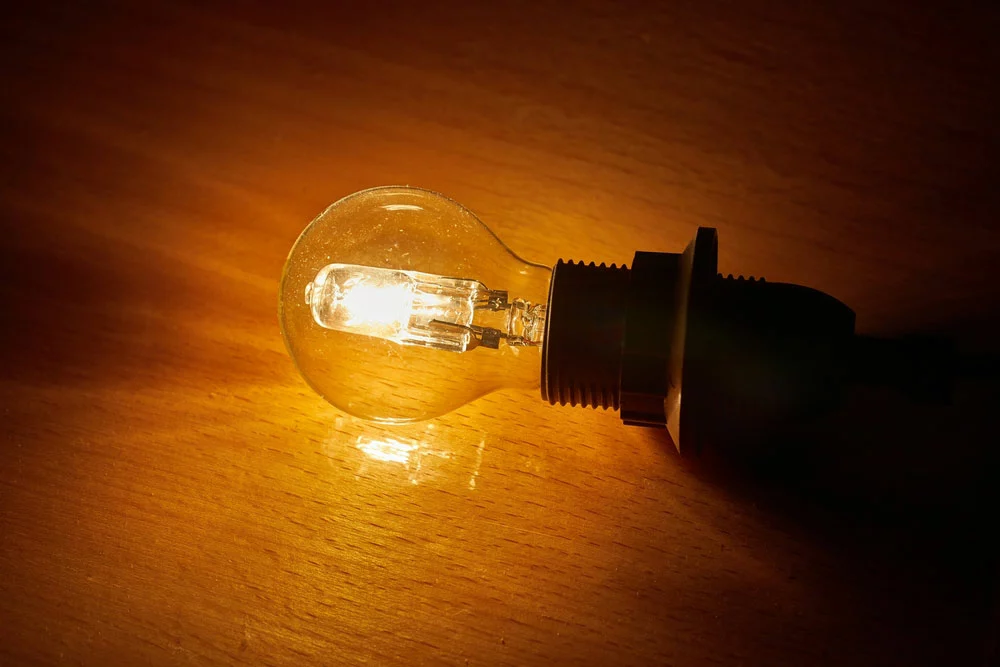
A Halogen Light Bulb
Halogen bulbs are standard as floodlights and are an improved version of incandescent bulbs.
You may dispose of halogen bulbs along with your other trash. Alternatively, it would be best to enquire if your nearby recycling center accepts these bulbs.
How to Dispose of CFL Bulbs
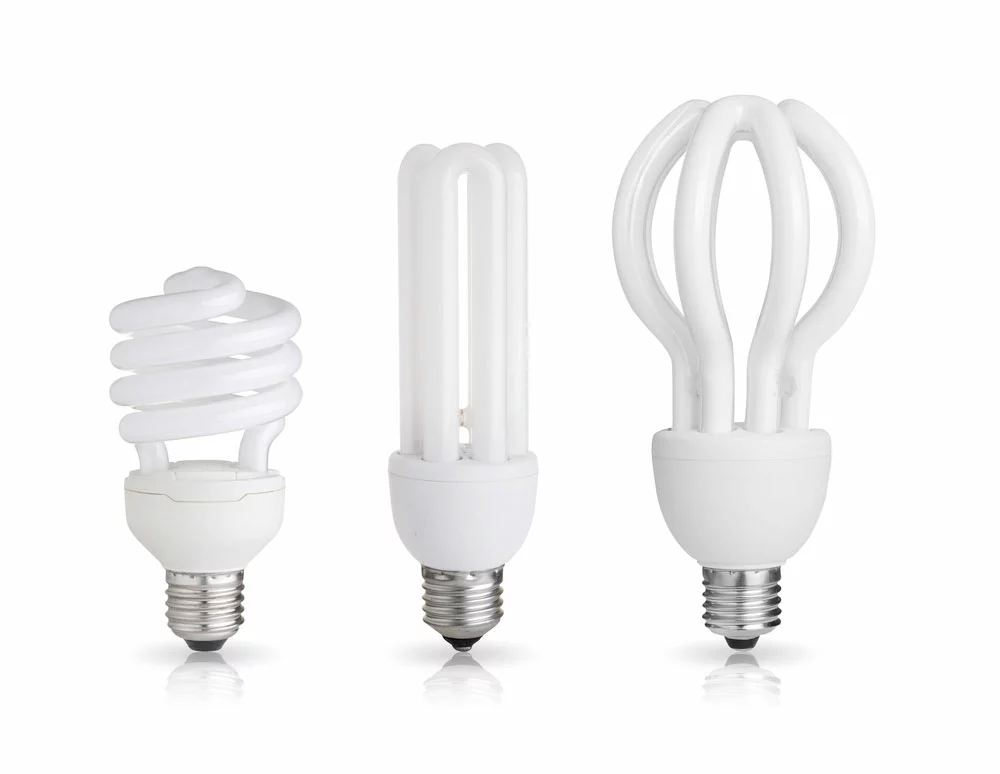
Three models of CFL Bulbs
Compact Fluorescent Light (CFL) bulbs have approximately 4mg of Mercury. It is a relatively small amount of Mercury compared to the conventional school thermometer.
Nevertheless, broken CFL bulbs are an environmental hazard, especially if they find their way into landfills and water supply systems. H once, the best way to deal with CFL bulbs is to recycle them.
You may drop them off at your nearest Home Depot and Lowes store, as these companies accept the bulbs. So, check out the availability of firms and online sites that deal with bulb disposal.
How to Dispose of Fluorescent Tubes
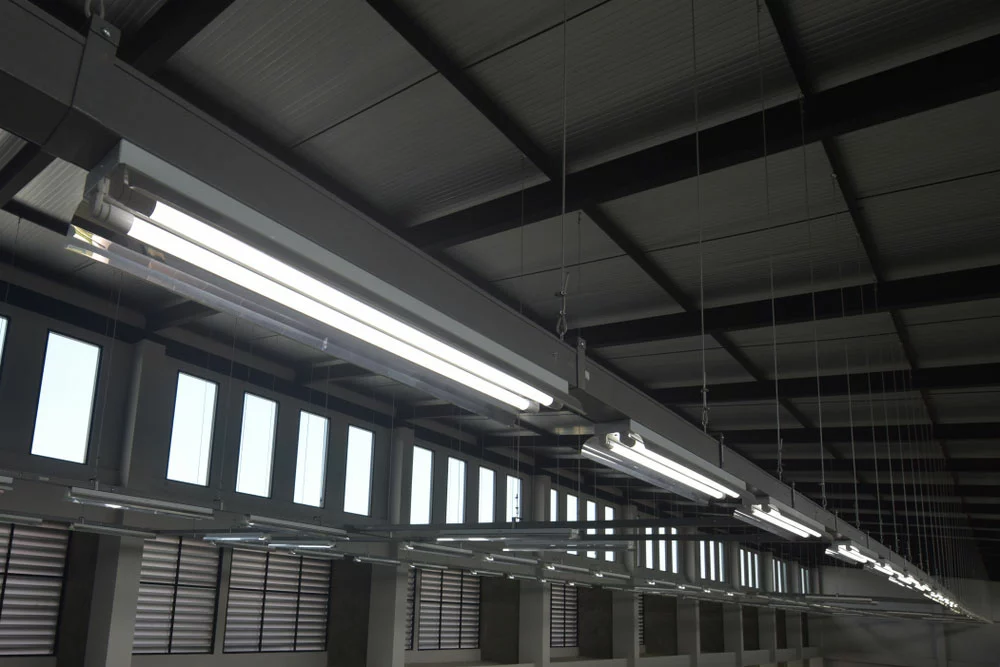
Hanging Fluorescent Tubes
Fluorescent bulbs are similar to CFL bulbs as both have minute Mercury content. Therefore, they require careful disposal. So, it is advisable to wrap the bulbs in plastic before disposal. L style, switch off the lights before removing a burnt-out fluorescent tube for your safety.
What Should I Do With Unused Light Bulbs?
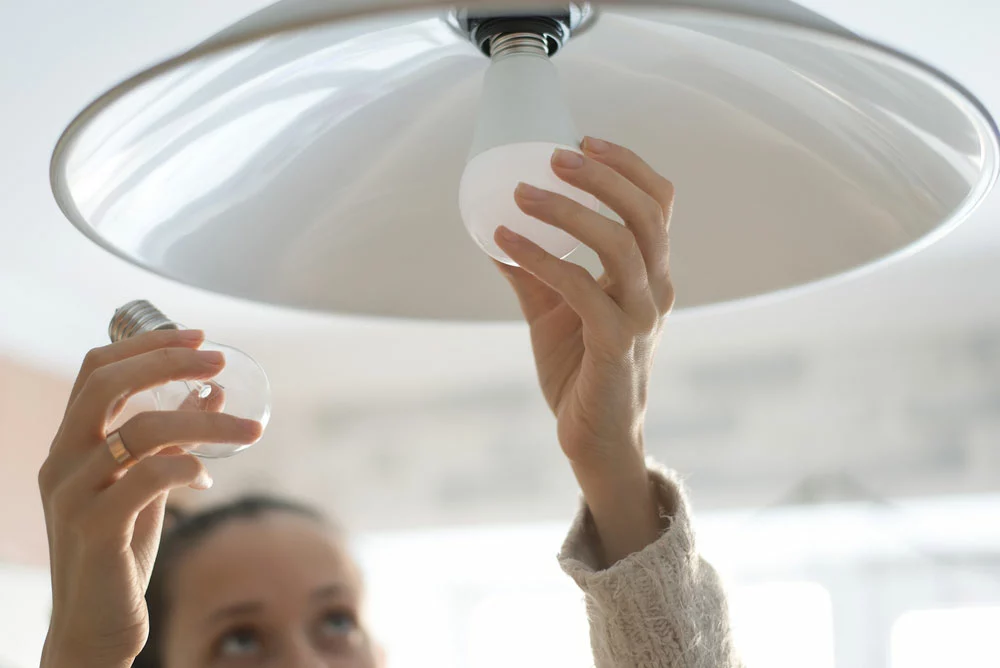
A woman replacing an incandescent bulb with a power-efficient LED
It would help if you kept unused LEDs for later use as they don’t carry any toxicity risk when stored appropriately. P preferably, lock them in a drawer where they’re safe from water and heat.
Luckily, you may have to store new LEDs for ages as they feature a relatively long lifespan of 50,000 hours. T us, an LED on for approximately eight hours a day can last for about 17years.
However, you can also use it for your LED DIY beautification projects. H however, you can also use it for your LED DIY beautification projects. However, you can also use it for your LED DIY beautification projects. Hence, you may never find the essence of having an LED light backup. O her alternatives with new light bulbs include the following:
- Give them away to your neighbors and friends.
- Also, you may offer them for charity or freecycle.
Summary
LED bulbs are a great deal as they are more energy efficient and long-lasting than the typical incandescent bulbs. t, caution is necessary when disposing of CFL and fluorescent bulbs as these have mercury traces. B sides, most of these bulbs are recyclable; thus, rather than dumping them, consider recycling. That’s all for now but contact us for additional info on LEDs.
